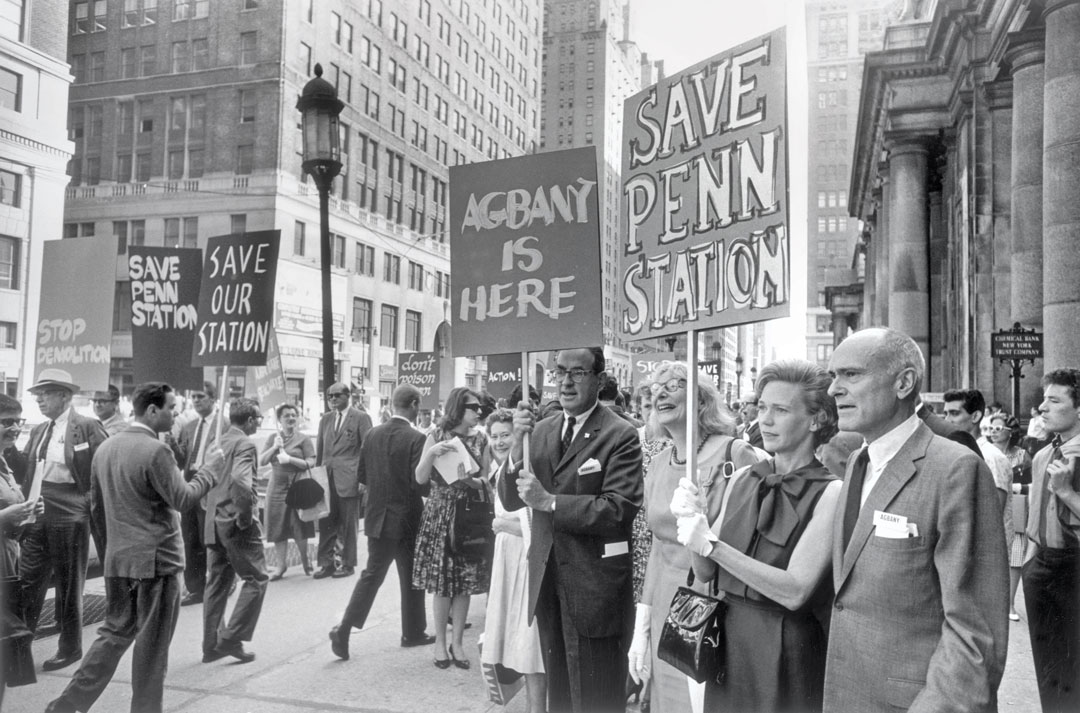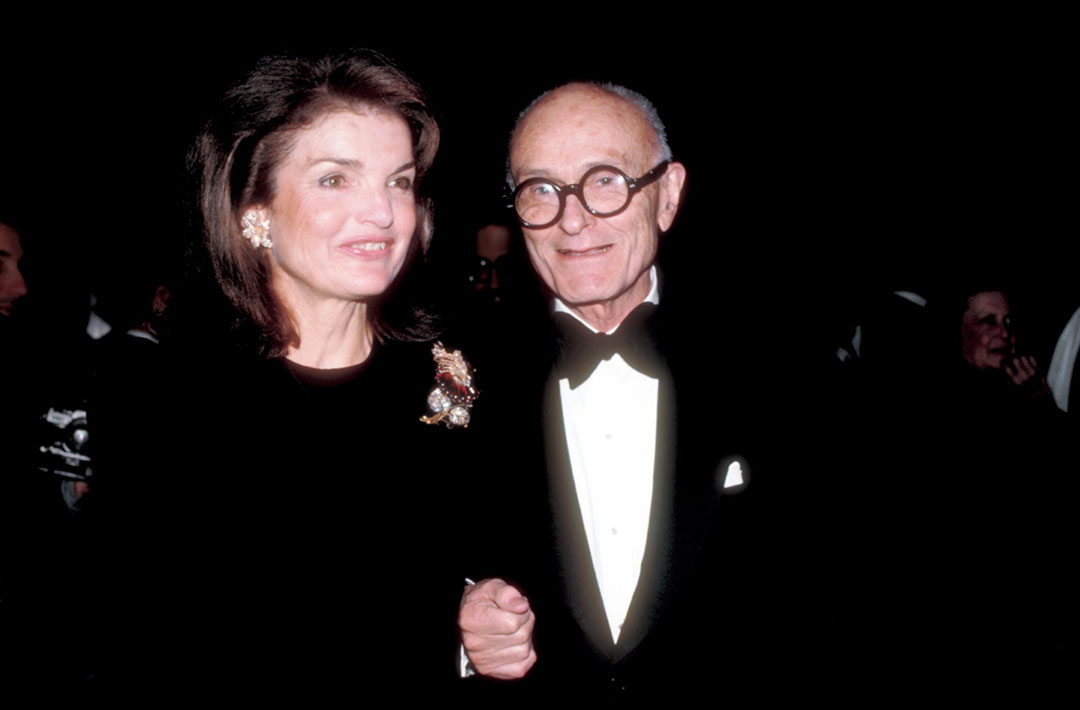
When Philip Johnson joined the protest marchers
In 1963 the great American modernist took to the streets of New York, becoming an unlikely voice against the destruction of a Beaux-Arts landmark
With his phenomenal architectural prowess and powerful high-society contacts, Philip Johnson was the kind of person more likely to be designing city streets than marching along them.
In our new book, Philip Johnson: A Visual Biography, author Ian Volner charts the architect and architectural influencer’s rise from the Ivy League, via the ranks of Bauhaus emigres, to the pinnacle of his profession.
Achieving his exulted position, partly via his own skills, partly via connection and partly via a willingness to champion new ideas, Johnson was, in Volner's words: a “hierophant for new thinking and new trends, both within his own profession and in adjacent creative fields.”
And in the post-war period, channelling the spirit of the times, Johnson joined the protest marchers, albeit in a typically nuanced and contradictory manner. “Amid the tumult of the 1960s, Philip exhibited a vacillating outlook on the urban scene,” writes Volner.

“One moment he was championing the new historic-minded tendency beginning to gain traction among academics and advocates—fighting unsuccessfully to save the old Penn Station in New York, making inroads with young architects dissatisfied with the Modernist status quo, and throwing support (and cash) into MoMA’s publication of architect Robert Venturi’s Complexity and Contradiction in Architecture (1966), a bold treatise that would overturn decades of orthodoxy.
“The next moment, Philip was tackling enormous urban renewal projects—in Greenwich Village, Harlem, Roosevelt Island, and the Bronx—that seemed like everything the journalist-activist Jane Jacobs and Venturi were fighting against.”
This image (top) taken in New York in 1963, shows Johnson in preservationist mode, attempting, alongside Jane Jacobs to save New York’s Penn Station from demolition. “The placards read: ‘AGBANY is here’ AGBANY stands for Action Group for Better Architecture in New York.”
Many in the architectural community believed the old Penn Station, a truly beautiful Beaux-Arts building constructed in 1910, a far superior to its proposed successor.
The main waiting room, inspired by the Roman Baths of Caracalla, was the largest indoor space in the city, with vaulted glass windows soaring 150 feet. It's eventual destruction was a catalyst for the architectural preservation movement in America. The New York Landmarks law was passed in 1965 and helped save Grand Central Station.
Johnson might have been in keeping with the spirit of the age, but he was, in this instance, on the right side of history too.

To find out more about his remarkable life, the architecture he created, and the Living The Dream circles in which he moved, get a copy of Philip Johnson: A Visual Biography, here.